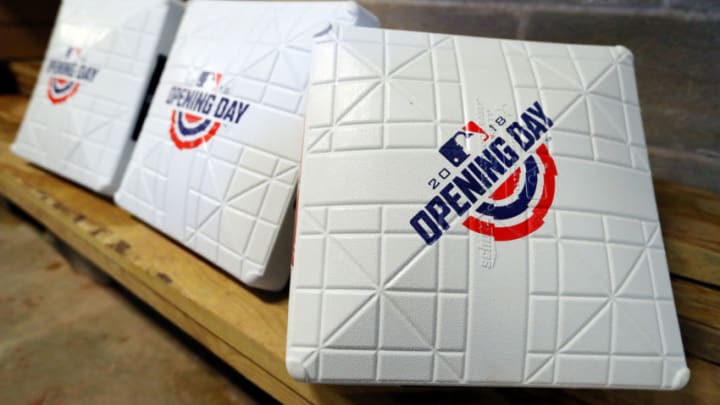
I Know You
Of course, the most recognizable name is Justus Sheffield. The thick leftie seems to have a full repertoire of pitches but is still refining them, as well as controlling them. His ERA and WHIP from last season—3.12, 1.35—show some good stuff to work with but too many walks.
But the stuff is there. And when healthy, Sheffield is impressive. Here is a write-up from William Boor at MLB.com from last fall:
"Justus Sheffield was sent to the Arizona Fall League to make up innings, and he began doing so in dominant fashion on Tuesday night. Sheffield, the Yankees’ No. 4 prospect, yielded just one hit and struck out six over five scoreless frames as he led Scottsdale to a 7-4 win over Mesa on Opening Night. “He was unbelievable,” Billy McKinney said. “That was a lot of fun to watch, that’s for sure. He’s a special talent too, so I’m looking forward to seeing how he does the rest of the Fall League. He’s a lot of fun to watch.”"
On to 2018
And one from earlier this spring by the Post’s George King:
"Barring an injury or two, Justus Sheffield is ticketed for Triple-A Scranton/Wilkes-Barre with the idea that at some point in the upcoming season, the 21-year-old left-hander may reach the big leagues. “I think it’s really important that he walked out of there with a lot of confidence because if you had never seen him pitch before and you saw him in that first inning, he would open your eyes. He was special,’’ Boone said."
There are reasons Justus is ranked third in the Yankees system and 48th overall. While he needs more seasoning, how high he rises in 2018 probably depends on the needs of the club in July and August.
The 2019 Yankees will be better off if Sheffield spends this year in the minors; I’m not sure that is true of the 2018 Yankees.
